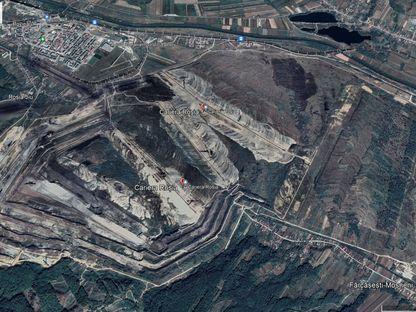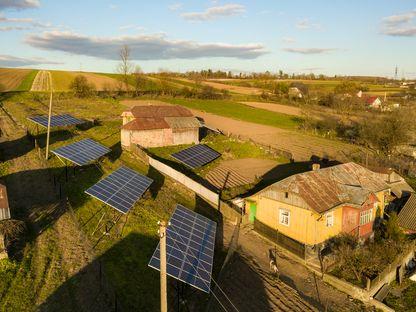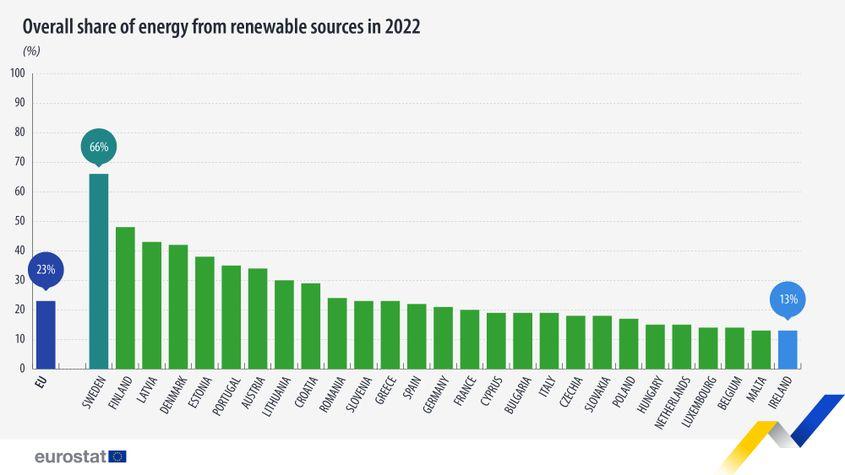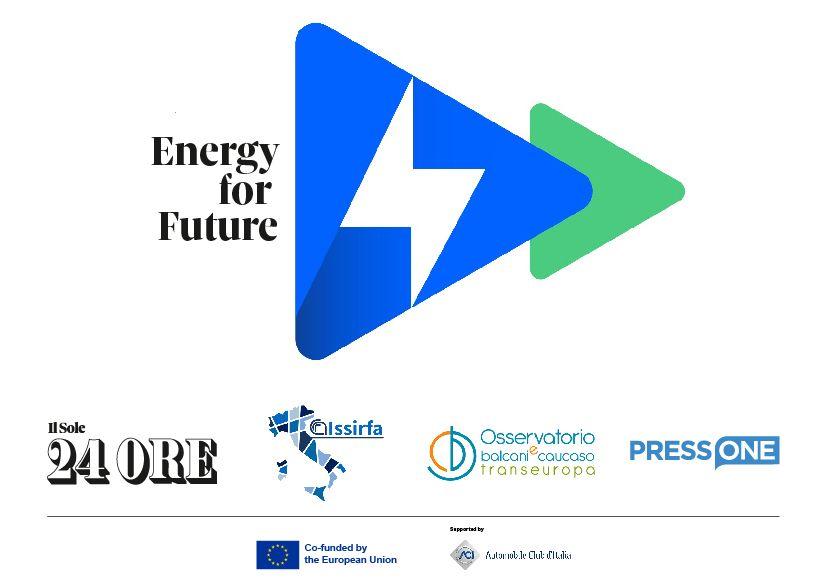Solar panels in Domogled-Valea Cerna. Photo © Wirestock | Dreamstime.com

Solar panels in Domogled-Valea Cerna. Photo © Wirestock | Dreamstime.com
15/05/2024
Romania's Vast Green Energy Potential: A Missed Opportunity by Politicians
After years of Romania being a "paradise" for renewable energy investment, the government in Bucharest has managed to put itself on the ropes.
There is still huge potential for renewable energy in Romania, but political interests and mismanagement risk are preventing it from ever being fully harnessed.
By 2050, EU countries must become climate neutral.
Earlier this year, Energy Minister Sebastian Burduja claimed that Romania would have nearly 10 times more electricity generation capacity in operation in 2023 than in 2022. However, experts consulted by PressOne argue that much of Romania's total power generation capacity exists only on paper.
This is also because projects for new green electricity generation capacity are still waiting to be signed, according to information obtained by the editorial office from the relevant institutions.
With Romania pledging in Brussels that 36.2% of its energy consumption will come from renewable sources by 2030, PressOne spoke to energy expert Corina Murafa to find out how this target can be met.
Green Energy with European Funds
Romania could increase its renewable energy production capacity and, consequently, the share of green energy in its energy mix with the help of European funds. This includes energy investments through the NRDP and money from the Modernisation Fund.
According to data provided by the National Energy Regulatory Authority (ANRE), more than 40% of Romania's electricity in 2022 came from renewable sources (hydro, wind, photovoltaic, biomass).
In an interview with PressOne, energy expert Corina Murafa states that, unlike other European countries, "Romania is much better positioned to develop renewable capacity." However, for this to happen, the state needs to decide on its strategic direction. "We need to answer some key questions, such as the role of nuclear and gas, because we can't chase two rabbits at the same time."
Mulți ne citesc, puțini ne susțin. Fără ajutorul tău, nu putem continua să scriem astfel de articole. Cu doar 5 euro pe lună ne poți ajuta mai mult decât crezi și poți face diferența chiar acum!
Reporter: What is the total energy production capacity in Romania and what do the energy production sources look like?
Corina Murafa: 19,000 MW (megawatts) installed. That's a figure on paper. But many MW that appear in this statistic, in fact, no longer exist, because we are talking about power plants, especially coal-fired, that have been decommissioned.
Probably somewhere around 10,000 MW I would say could be operating. Even then, if you look at the daily production averages, more than 7,000-8,000 MW we don't really produce.
What does such a production mean, concretely, for a country like Romania?
Coal Mining Expansion Leads to Deforestation: Over 470 Hectares of Forest Cut Down in Gorj, Romania
Over the past six years, more than 470 hectares of national forest land have been allocated by the government, without compensation, to the Oltenia Energy Complex (CEO) for the expansion or opening of new coal mines.
The not-so-green Romania. The state delays settlements for photovoltaic panels by 2 years
PressOne reviews the main dysfunctions in the production, consumption and distribution of energy from renewable sources, as revealed by discussions with consumers and data provided by official sources at the request of our editorial office.
It is enough to cover our own electricity consumption and even to become net exporters again. Besides, absolutely everything you get from renewables, photovoltaic, wind, comes first in the order of merit. And it's either delivered domestically or exported. Basically, all capacities are operating at their technical maximum possible.
We now have a collective target, at European level, for 2030, that 42% of total energy consumption, not just electricity, will be covered by renewables. 42% across the European Union. We have met the 30% target, which was set for 2020, and we have reached somewhere around 32% of total energy consumption. And that includes your heating, which is largely fossil-fired. It also includes transport.
| The Ministry of Energy is the authority responsible for the implementation and management of the Modernisation Fund (FM) and the reforms and investments through the NRRP. |
Un newsletter pentru cititori curioși și inteligenți.
Sunt curios
| Under the key programme in the FM for the construction of new power plants based on renewable energy sources, a call for projects between December 2023 and March 2024, worth €500 million, has been opened, according to a response from the Ministry of Energy to PressOne. A total of 1,408 projects have been submitted, and so far three financing contracts worth around €1.4 million have been signed. |
On the energy mix, electricity consumption reaches 70% strictly from renewable sources, including hydro, wind, photovoltaic and biomass. On energy in general, it's less. Because heating is still very dependent on fossil fuels, as is transport.
This is precisely why it is problematic that Romania, in the latest version of the National Integrated Energy and Climate Change Plan, has set a target for 2030 of only 36%. This is because Romania is much better positioned than other EU countries to develop renewable capacity.
And to propose, in the condition that you have already reached 32%, that in seven years from now you will have only 4% more is ridiculous. Especially when the collective EU target is 42%.
The European Commission will probably come and say that by 2030 at least 50% of all Romania's energy consumption, not just electricity, should come from renewable sources.
How do you explain the difference between the 50% from the European Commission and the 36% assumed by Romania?
I just have some hypotheses. I am also part of a working group at the Ministry of Energy.
The aim is to get as much coal as possible. And here not necessarily from the perspective of maintaining jobs, but from the perspective of politicised state-owned companies, some hot positions out there, maintenance contracts, various sinecures.
We have worked in the past years on a project modelling the energy transition in Romania and, according to our calculations, it is economically feasible and technically possible to completely remove coal from the energy mix by 2027. Either our people, for political reasons, want to push it as far as possible, and of course that leaves you with a much smaller renewables mix.
In addition, there is a national attachment to natural gas power plants and using natural gas in the energy mix. Because we want to have Neptun Deep and we're wondering what to do with that gas. At the same time, gas-fired power plants at the moment are really good and useful for balancing renewables, but they are quite expensive and expensive investments would have to be made for them to comply with the latest European emission standards. If we want to produce electricity on gas, we still need to do it with less than 200 grams of CO2/MWh. Which is very difficult.
Last but not least, we are also talking about a strong attachment to nuclear. We want to build Cernavodă 3 and 4, or when you want that you can't leave much room for renewables in the mix. There are studies that show that renewable energy such as wind, photovoltaic plus battery storage is cheaper than oil and, in some cases, even gas.
From my point of view, economically and technologically, we are also much more ambitious, but we have some attachments linked to some socio-political constellations, to the detriment of some strong, technical arguments why we cannot have more renewables.
But we also have real problems when we think about the share of renewables in the energy mix. We need to increase backup capacity, which can be through storage. At the moment, storage is expensive, but the price is coming down. And you need to have natural gas capacity to balance you when the wind isn't blowing and the sun isn't shining.
How has the growth of green energy production capacity been supported by European funds?
In the first instance, the first MW of wind and PV installed in Romania were not supported by EU funds, but by a support system, the green certificates. Basically, anyone who installed renewables in Romania and injected the energy produced into the grid had a number of green certificates, depending on the technology used. Thus, Romania became an El Dorado for renewables and this is how the big wind farms developed. It was tempting.
By 2015, however, the scheme was discontinued. And if you look at the statistics, between 2015 and 2020, Romania remained constant on installed capacity in wind and PV. No one had the incentive to invest, as the technology was still too expensive.
At European level, 23% of the energy mix is covered by renewable energy, according to Eurostat data.
What happened after 2015?
A new scheme is now being put in place, different in its system of operation from the previous one, called "Contracts for Difference" (CfD), which aims to install at least 5,000 MW in PV and wind.
The scheme is to be partly supported from the Modernisation Fund (MF), which is not a European fund per se. In practice, the MF is financed from the proceeds of carbon dioxide allowances that Romania has received for free under the European Emissions Trading Scheme. And somewhere in the region of €22 billion has been added to this fund to support the modernisation of the energy system. It is intended that some of this will be allocated in a CfD scheme.
How do CfDs work? If the market price is high, I don't give you any more money, because you get your electricity at prices that allow you to recover your investment quickly.
If the market price goes down, I guarantee I'll give you some extra money so the payback period is not so dramatic. It's a more variable system that takes into account market prices.
European funds are not endless
| According to a response provided to PressOne, a call for projects worth more than €590 million has been opened between March 2022 and June 2022 under the measure to support investment in new renewable electricity generation capacity financed by the NRDP. |
| Of the 744 projects submitted, only 273 contracts have been signed so far, with a requested value of €370 million. |
There is also money through the NRDP to increase renewable energy production capacity, but not much EU funding has been directed towards this. What is the reason?
European funds are not bottomless sacks and have largely been focused on integrating renewables into the system. And to integrate so many renewables into the system you need to strengthen your grids, especially your transmission grids. You have to digitise your grids, especially the distribution grids. And here we are indeed talking about large investments, which are not necessarily recoverable through means of valorization of the commodity on the market. That's when European funds were offered for this, to reduce costs.
After that, a lot of funds went into the area of energy efficiency, with the idea of not consuming so much energy.
In this context, should European funds no longer cover investments in projects to increase green energy production?
Somehow, this area of electricity generation is already starting to stand on its own feet a bit, so there are many Member States where it is no longer supported, or very little. Somewhere around 20% of capital consumption, 80% comes from investors.
I don't know to what extent European funds should support the growth of power generation capacities. We have made some calculations of the return on investment in renewable energy, albeit on a small scale. The roof of a block, for example.
At current market electricity prices, even at compensated prices, investments in ensuring full market electricity consumption will pay for themselves in 2 to 5 years.
With that kind of payback period, it's hard to justify a European funding scheme. Because there are some really good payback periods for an investor.
What does Romania's potential for green energy production look like?
There are various studies from private players that say, for example, that we can install 40,000 MW of wind power. But it depends on many factors.
I believe that electricity generation will decarbonise overwhelmingly by 2030. We could be able to provide more than 70% of our electricity consumption by 2030.
By 2050, according to the Green Deal, we should achieve climate neutrality. But this is very difficult to reconcile with the reality of the market, because we also want Cernavodă, we also want gas, we also want to maintain coal. If estimates were that between 50 and 100 MW would be installed annually by prosumers, in the last three years alone 500 to 600 have been installed. That is enormous.
I think it induces a lot of confusion among investors when the minister comes out all day long with nuclear after him or gas after him, but at the same time you want to make and I don't know how many thousands of MW in contracts for the difference.
What should happen in order to achieve this potential?
It is very important to get out of energy poverty. For example, so far, the photovoltaic panels that have been installed through the Photovoltaic Green House programme have generally been middle class and above middle class. As such, the vulnerable have not had the money to put photovoltaics on and still have not found structural solutions to stop paying money for the energy they consume.
We need to find a support scheme that is targeted at vulnerable consumers, especially as the cap-and-trade system is costing us 4% of our GDP. Now even a thriving law firm, with profits of thousands of euros, benefits from support. This is because we have failed to identify who the vulnerable consumers really are and support them.
Networks need to be strengthened. If so much intermittent energy is to be transported, investment is needed in the networks and their digitisation.
On electricity, I'm not worried, because the market will move towards decarbonisation and more renewables. I'm more worried about the heat and transport side, where we don't seem to be decarbonising. On the contrary, the country is becoming more and more motorised and we still don't have electric trains.
___
This article is published as part of the Energy4Future project, co-funded by the European Union. The European Union is not responsible for the information and opinions expressed during this project and article. Responsibility for the content lies entirely with PressOne.
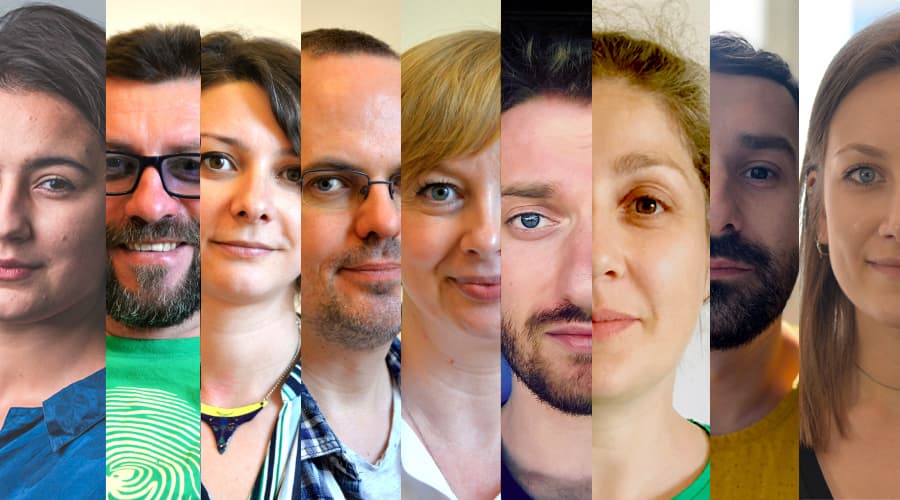
Avem nevoie de ajutorul tău!
Mulți ne citesc, puțini ne susțin. Asta e realitatea. Dar jurnalismul independent și de serviciu public nu se face cu aer, nici cu încurajări, și mai ales nici cu bani de la partide, politicieni sau industriile care creează dependență. Se face, în primul rând, cu bani de la cititori, adică de cei care sunt informați corect, cu mari eforturi, de puținii jurnaliști corecți care au mai rămas în România.
De aceea, este vital pentru noi să fim susținuți de cititorii noștri.
Dacă ne susții cu o sumă mică pe lună sau prin redirecționarea a 3.5% din impozitul tău pe venit, noi vom putea să-ți oferim în continuare jurnalism independent, onest, care merge în profunzime, să ne continuăm lupta contra corupției, plagiatelor, dezinformării, poluării, să facem reportaje imersive despre România reală și să scriem despre oamenii care o transformă în bine. Să dăm zgomotul la o parte și să-ți arătăm ce merită cu adevărat știut din ce se întâmplă în jur.
Ne poți ajuta chiar acum. Orice sumă contează, dar faptul că devii și rămâi abonat PressOne face toată diferența. Poți folosi direct caseta de mai jos sau accesa pagina Susține pentru alte modalități în care ne poți sprijini.
Vrei să ne ajuți? Orice sumă contează.
Share this


